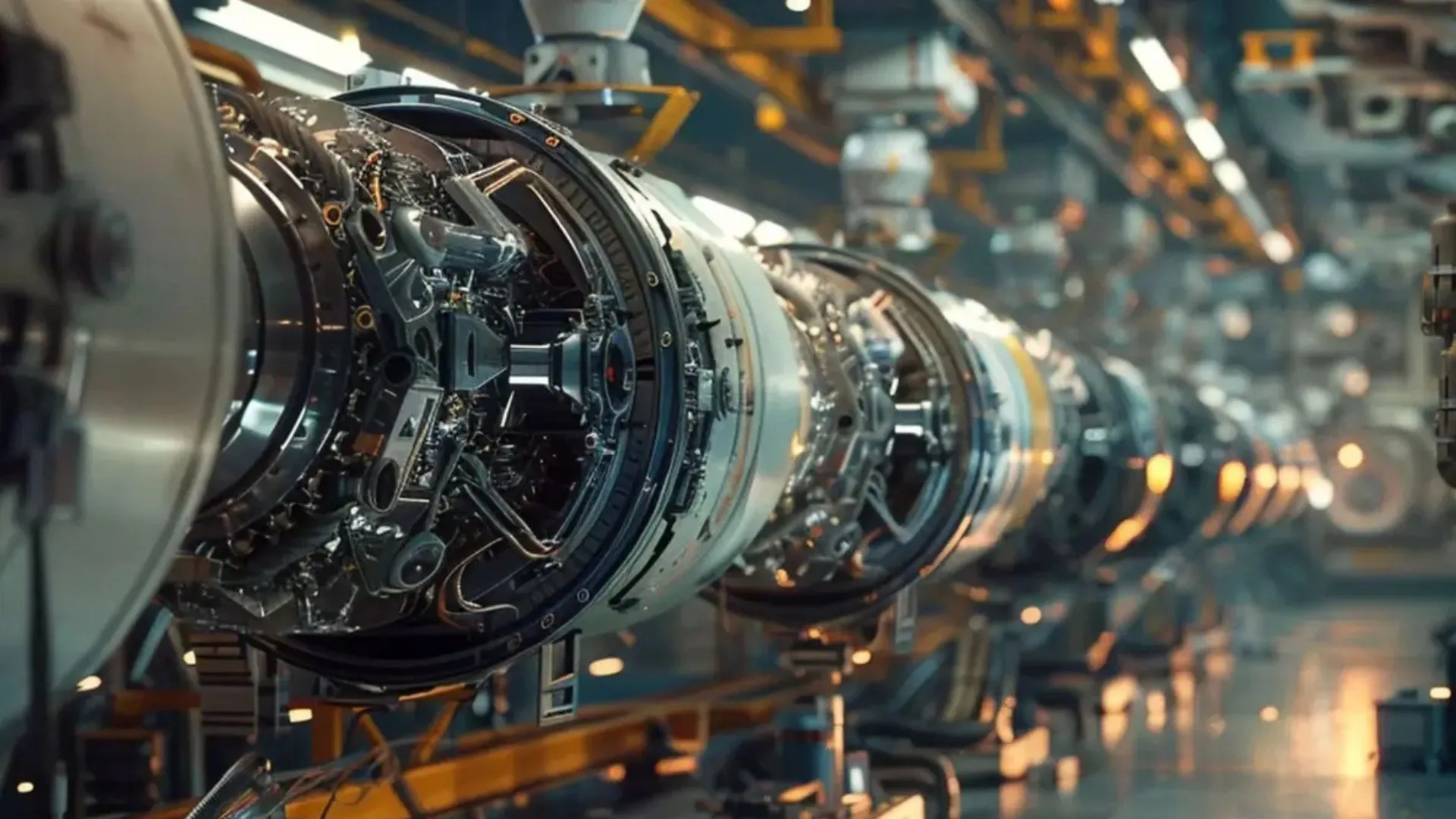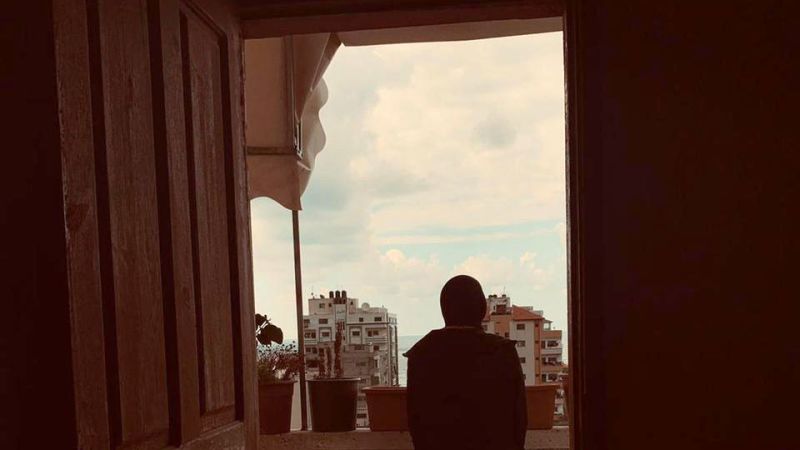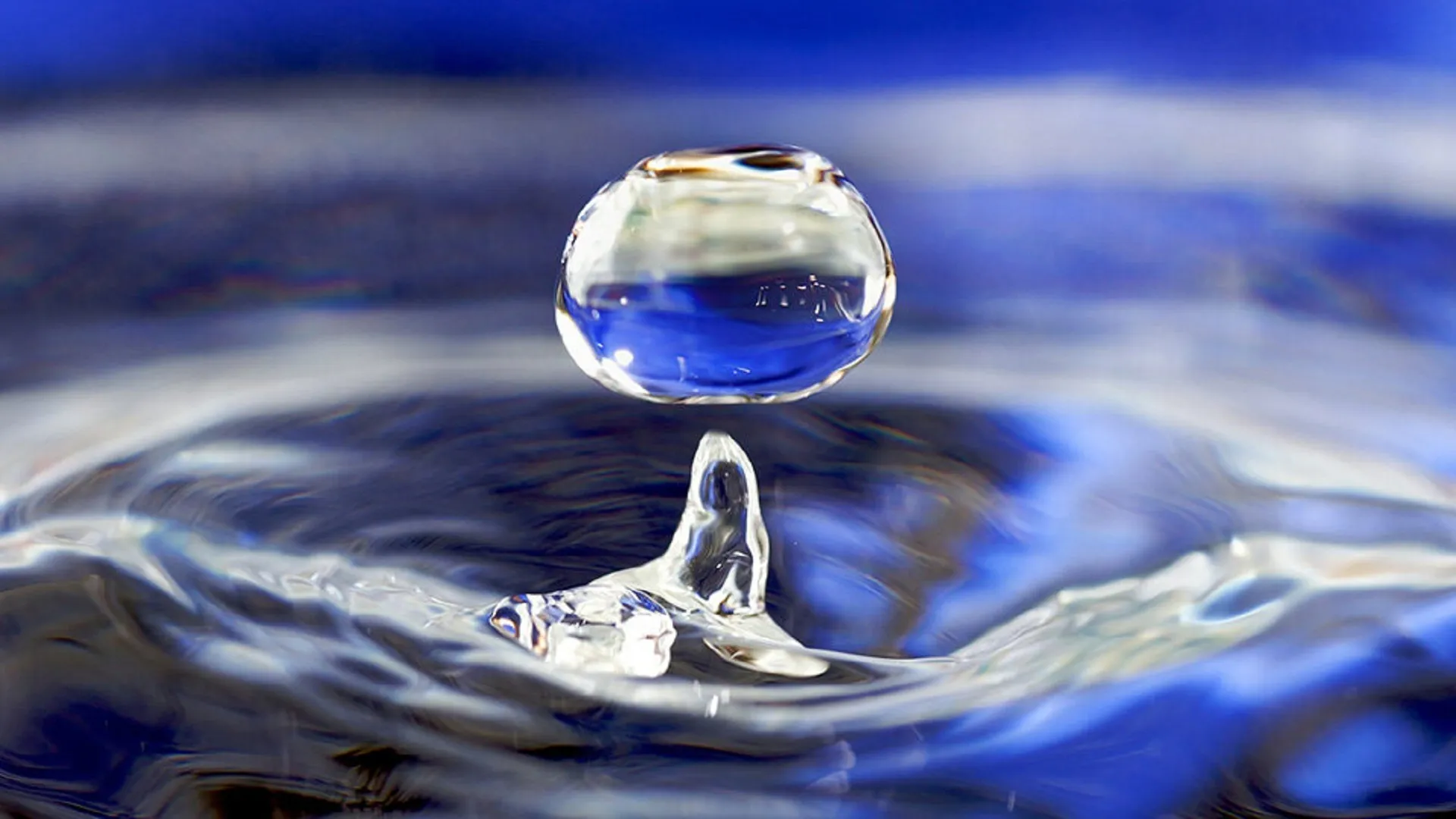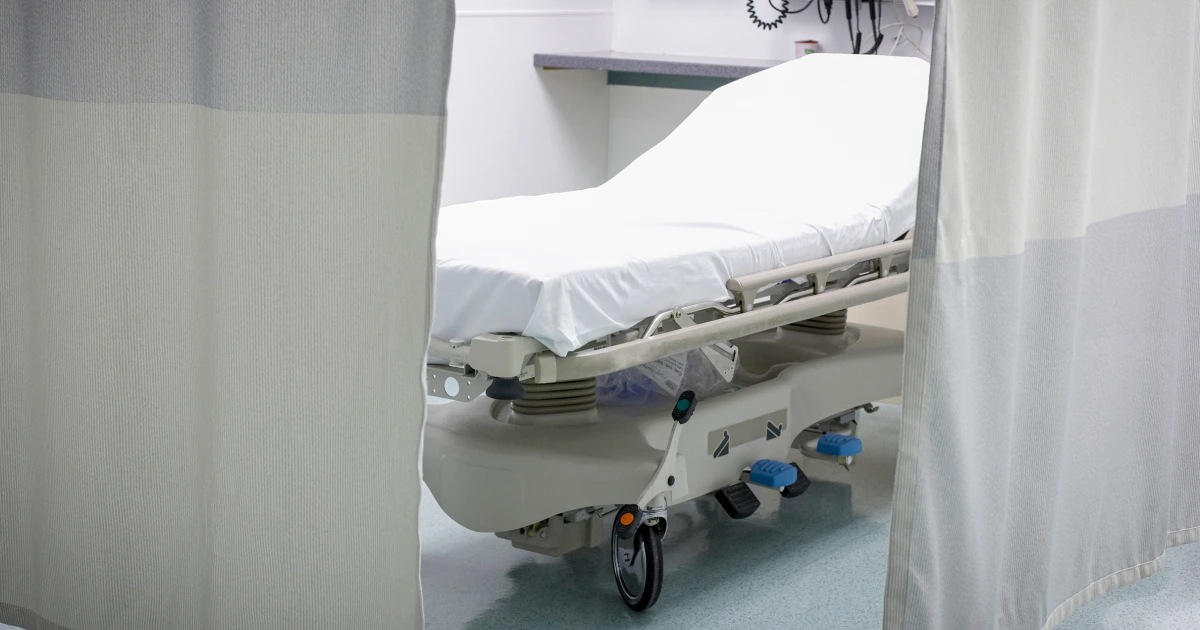
Steel is one of the most essential components for the nuclear energy industry, among others. In nuclear reactors, steel is used to fortify walls and for crucial components.
The steel in nuclear reactors withstands extreme heat, pressure, and irradiation for an extended period of time.
3D printing or additive manufacturing offers a way to produce more complex stainless steel parts with greater efficiency and design flexibility. However, the 3D printing process can leave behind defects in the microscopic structures of steel parts, which would impact their performance in nuclear reactors.
The nuclear industry needs a deeper understanding of 3D printed steel and how its manufacturing can be controlled.
Therefore, researchers at the US Department of Energy’s (DOE) Argonne National Laboratory used X-ray diffraction and electron microscopy in two studies to investigate steels made with an additive manufacturing process called laser powder bed fusion (LPBF).
3D printing stainless steel for nuclear reactor parts
The first study at Argonne National Laboratory focused on 316H, an established type of stainless steel for structural components in nuclear reactors. The second focused on Alloy 709 (A709), a newer alloy designed for advanced nuclear reactor applications.
Using the LPBF 3D printing process, the scientists printed samples of the two stainless steel alloys that are of interest to the nuclear energy industry.
In LPBF, a laser melts designs into a metal powder one layer at a time to construct a solid, 3D metal object. The rapid heating and cooling caused by the laser create unique features in the microstructures of steel.
Printed steels can show a high number of dislocations where an otherwise consistent pattern in a material’s structure suddenly shifts. Dislocations strengthen steel, but they also leave it more vulnerable to fracture. Heat treatment is used to relieve this stress.
The high temperature during heat treatment allows atoms to shift and repair dislocations, but keeping some dislocations can be beneficial as they could improve a material’s performance.
The studies uncovered important differences between printed steels and their wrought — or conventionally produced — counterparts. It revealed how the 3D printed steel responded to heat treatments typically used for wrought materials.
“Our results will inform the development of tailored heat treatments for additively manufactured steels,” said Srinivas Aditya Mantri, Argonne materials scientist and a co-author of both studies. “They also provide foundational knowledge of printed steels that will help guide the design of next-generation nuclear reactor components.”
Difference between 3D-printed 316H and wrought for a nuclear plant
The researchers compared the microstructures of wrought and LPBF-printed samples of 316H in the study using capabilities at Argonne’s Center for Nanoscale Materials (CNM), a DOE Office of Science user facility, including scanning electron microscopy (SEM) and scanning transmission electron microscopy.
They also performed in situ X-ray diffraction experiments; at beamline 1-ID, the team probed the samples with high-energy X-rays as they underwent variations of a heat treatment called solution annealing.
The experiments showed that recovery and recrystallization were inhibited by nano oxides — nanoscale defects common in 3D-printed materials.
The researchers took the detailed structural data they obtained at the CNM and APS and related it to mechanical properties, including strength under tension and resistance to creep.
The new alloy A709
The other study on A709 marked the first experimental look at an additively manufactured form of the alloy.
The researchers used capabilities at CNM — including SEM and transmission electron microscopy — to peer deep inside samples of printed and wrought A709 during multiple heat treatments.
The team studied the strength of the heat-treated samples under tension. At both room temperature and 1022 degrees Fahrenheit (550 degrees Celsius) — a temperature relevant to sodium fast reactor applications — the printed A709 displayed higher tensile strengths compared to the wrought A709.
This was likely because the printed samples began with more dislocations, which also promoted the formation of more precipitates during heat treatment, according to a release by the laboratory.
“Our research is providing practical recommendations for how to treat these alloys,” said Zhang, “but I believe our biggest contribution is a greater fundamental understanding of printed steels.”



